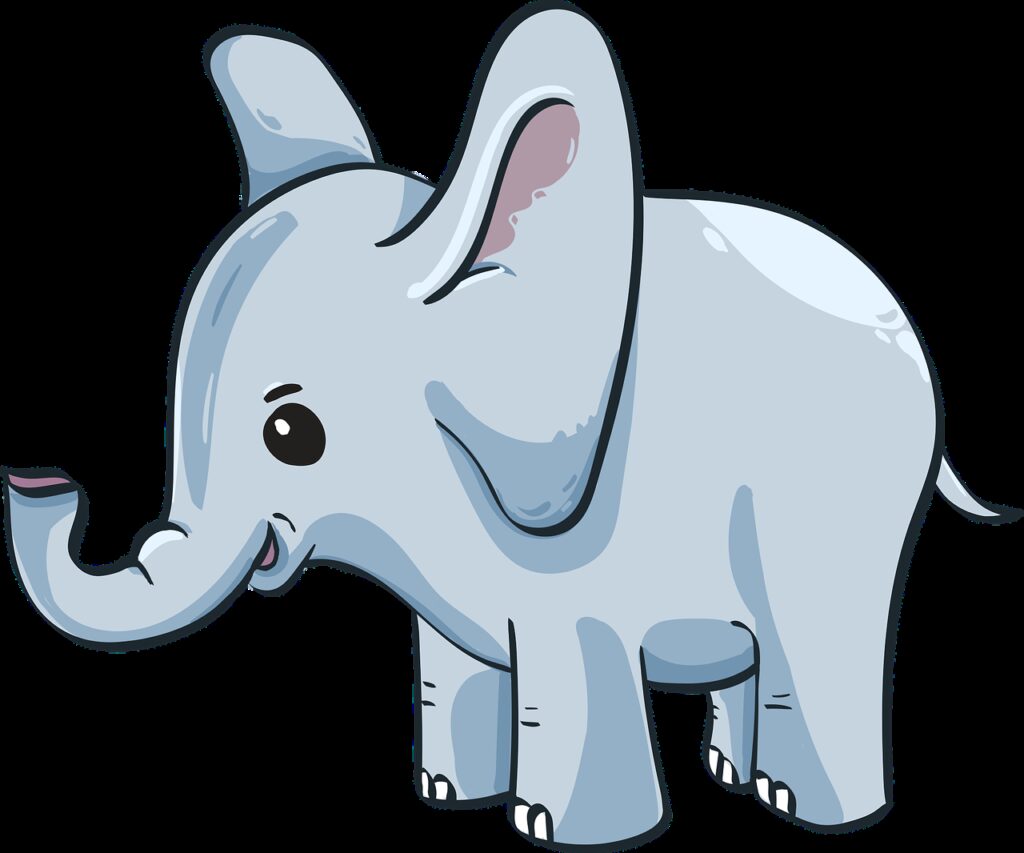Learning through play is very important for children to develop their physical dexterity. A great way to achieve this is through the Pikler Triangle. But what exactly is the Pikler Triangle and how can it support your child’s physical development? In this blog article you will find step-by-step instructions on how to set up the triangle, important safety instructions, exciting games and exercises as well as helpful tips on how to integrate the Pikler Triangle into your child’s everyday life. We also share testimonials from parents who are already using the Pikler Triangle. Let’s find out together how you can make your child fit through play!
What is the Pikler Triangle and how does it promote physical dexterity?
The Pikler Triangle is a toy that was developed to promote physical dexterity in children. It consists of three wooden poles and a platform in the centre on which the child can sit or stand. The special thing about the Pikler triangle is that it supports the child’s natural way of moving and enables them to train their motor skills in a playful way. Climbing and balancing on the Pikler triangle strengthens various muscle groups and improves coordination. It also promotes the child’s spatial awareness and sense of balance. Thanks to the different ways in which it can be used, the Pikler Triangle can also help children to become more independent and better recognise their limits. To get the best out of the Pikler triangle, you should make sure that it is set up safely and always used under supervision. There are also numerous games and exercises that can be carried out with the triangle to further promote physical dexterity. All in all, the Pikler triangle is a great way for parents to playfully support their children in their development. Whether in your own living room or outside in the garden – with the Pikler triangle, children can move actively and have lots of fun at the same time!
The advantages of playful learning for children
Learning through play is an important part of children’s development. Children learn best when they have fun and can improve their skills through play. The Pikler Triangle is a great way to develop your child’s physical dexterity through play. Climbing and moving on the triangle trains motor skills such as balance, coordination and strength building. This not only increases physical fitness, but also boosts your child’s self-confidence. Playful learning with the Pikler triangle can also help your child to enjoy exercise and sport more and therefore lead a healthier life in the long term. So take this opportunity to do something good for your child through play!
Step-by-step instructions for setting up the Pikler triangle
Learning through play is a natural way for children to develop their skills. A great way to encourage your child’s physical dexterity is through the use of the Pikler Triangle. This simple yet sturdy toy offers numerous benefits for your child’s growth and development. If you would like to make your own Pikler Triangle, there are step-by-step instructions to help you do so. It is important that you follow all safety instructions when making the Pikler triangle so that your child can play safely. Once the triangle is built, there are many games and exercises you can use to improve your child’s physical dexterity. The best part, however, is that the Pikler Triangle can be integrated into your child’s everyday life and become part of their daily activities. Parents report positive experiences with the Pikler Triangle and how their children have enjoyed getting fit through play.
Safety instructions when using the Pikler Triangle
When using the Pikler Triangle, certain safety instructions should always be followed to avoid injury. Firstly, the Pikler triangle should be set up on a level and non-slip surface so that it cannot tip over. It is important to ensure that the child is always supervised and does not climb or play unsupervised. In addition, the child should not wear shoes to prevent slipping. Loose items of clothing such as scarves or long trousers should also be avoided as they can get caught in the rungs of the triangle. It is also advisable to regularly check the Pikler triangle for defects such as loose screws or damaged wooden parts and replace them if necessary. This way, nothing stands in the way of a safe play and learning experience!
Games and exercises to promote your child’s physical dexterity with the Pikler triangle
When it comes to children’s physical development, learning through play is an important factor. With the Pikler triangle, you can encourage your child in a fun way. Some games and exercises that you can do together with your child include climbing on the triangle and balancing on the top bar. Crawling through the tunnel of the triangle can also improve your child’s dexterity. However, you should always make sure that your child is not overwhelmed and always feels safe. The Pikler triangle offers many opportunities for varied and exciting activities that can support your child’s physical development.
Tips for integrating the Pikler Triangle into your child’s everyday life
You have now set up the Pikler Triangle and would like to integrate it into your child’s everyday life? Here are some tips on how you can make the most of the triangle to promote your child’s physical dexterity. Firstly, let your child explore and try out for themselves what they can do with the Pikler triangle. Give them time and space to develop their own movements and train their motor skills. However, always offer your child new challenges, for example by placing different toys or objects on the Pikler triangle. This will keep your child constantly motivated and allow them to develop their skills. Playing together with other children or adults on the Pikler triangle can also help your child to develop and feel more secure in their environment. However, it is always important to ensure that the Pikler triangle is stable and does not harbour any sources of danger. With these tips, you will soon realise how much fun your child has playing with the Pikler triangle and how playfully simple it can be to promote physical dexterity!
Testimonials from parents who already use the Pikler Triangle
Parents who already use the Pikler Triangle report positive experiences with regard to their children’s physical dexterity. They observe improved coordination and balance as well as increased body awareness. By playing on the triangle, the children learn about their own limits in a playful way and expand them step by step. This not only promotes their physical development, but also their self-confidence and self-esteem. Some parents also report that their children become more balanced and calmer by playing on the Pikler triangle. The time spent on the triangle serves as a moment of relaxation in their often hectic everyday lives. However, it is important to emphasise that every child is individual and can react differently to playing with the Pikler triangle. Parents should therefore always make sure that they observe their children while they are playing and support or correct them if necessary.
Conclusion: Get fit through play with the Pikler Triangle!
The Pikler triangle is a great way to encourage your child’s physical dexterity through play. Thanks to its flexible use, it can be adapted to the child’s needs and abilities. Children can not only improve their motor skills, but also strengthen their self-confidence and develop their creativity. The games and exercises with the Pikler triangle are varied and can be easily integrated into everyday life. It is always important to follow the safety instructions in order to avoid accidents. Parents who have already had experience with the Pikler Triangle report their children’s enthusiasm for the toy and its positive effects on their development. In short: with the Pikler Triangle, your child can get fit through play!

